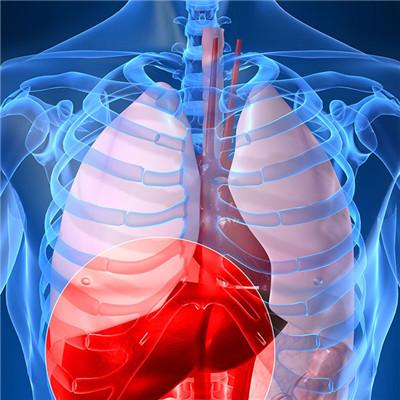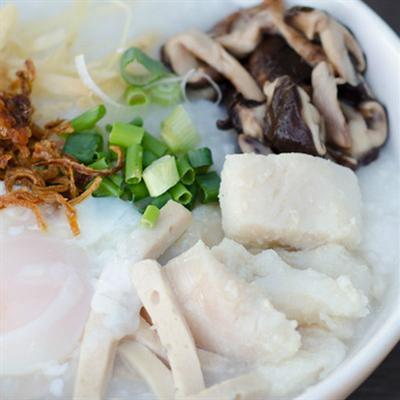How is liver benign tumor treated?
summary
With the enhancement of the awareness of physical examination, B-ultrasound examination is convenient and fast, very popular, people go to the hospital to see a doctor, the doctor to do a B-ultrasound is a very common thing. When B-ultrasound results show "liver cyst" or "liver hemangioma", many people think that their liver has a tumor, emotional collapse, at a loss. Now let's share about how to treat benign liver tumors? The knowledge of.
How is liver benign tumor treated?
First: surgery: surgical resection is the most effective treatment for hepatic cavernous hemangioma. Because most patients are not accompanied with hepatitis and cirrhosis, and tumor resection does not need to ensure the necessary margin, so even large-scale hepatectomy (such as trefoil resection) has good safety. Hepatic hemangioma banding is another safe and effective method. Hepatic artery ligation combined with postoperative radiotherapy can reduce the symptoms of patients.

Second: radiotherapy: palliative treatment aimed at alleviating the patient's discomfort. It is suitable for patients who can not tolerate surgery or diffuse multiple lesions and postoperative adjuvant treatment.

Third: other treatment: interventional (TAE) treatment for large hemangioma long-term treatment effect is poor, and Tae application of strong irritant embolic agent is easy to cause bile fistula, infection and other serious complications. Radiofrequency, microwave and cryotherapy are difficult to reach and maintain the required temperature in large hemangioma. Therefore, the curative effect of the above treatment alone is poor.

matters needing attention
1. Hepatic hemangioma can not be diagnosed and other clinical symptoms of malignant tumor are excluded; 2. Hemangioma increased rapidly in a short time; 3. The tumor was close to the hepatic hilum and paravascular area; 4. Hemangioma protrudes from the surface of liver and is easy to break;












